Overview
SIZE
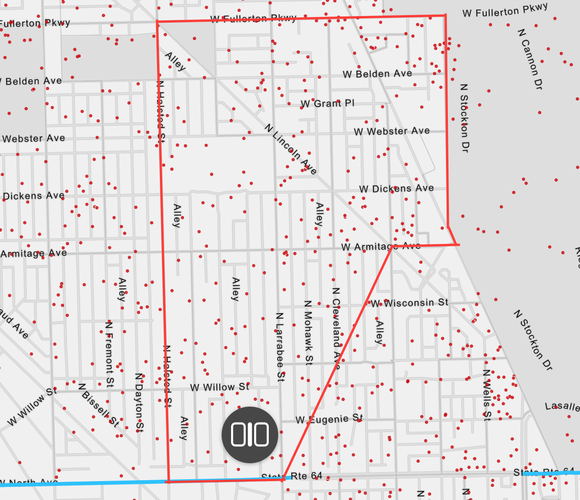
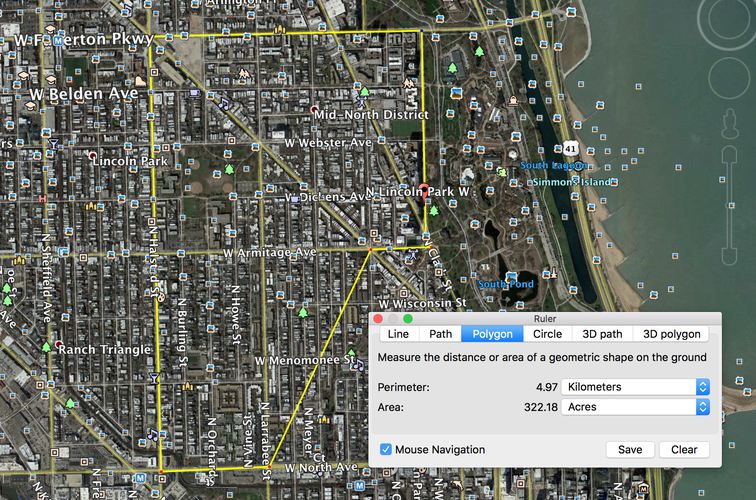
According to Social Explorer, the neighborhood of Lincoln Park contains around 12,350 people. The map contained 247 dots, each one representing 50 people. This population would be slightly less than twice the size of the 7,000-person neighborhood proposed by Jane Jacobs. In terms of area, Lincoln Park had a perimeter of 4.97 kilometers which encloses 322.18 acres. The neighborhood is by no means huge, but, from when I visited, walking north to south can be a lengthy affair. There are definitely many larger neighborhoods on the outskirts of the city, and many smaller neighborhoods closer to, or in, downtown Chicago.
IDENTITY
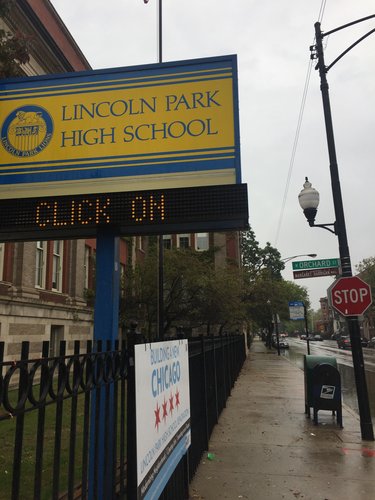

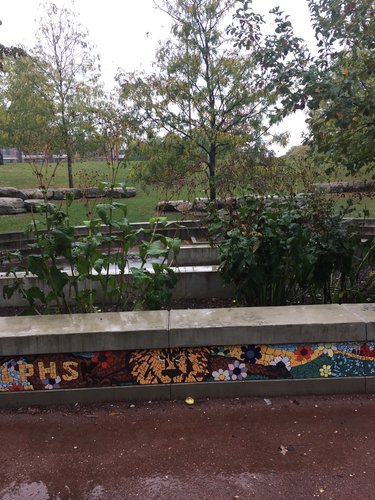
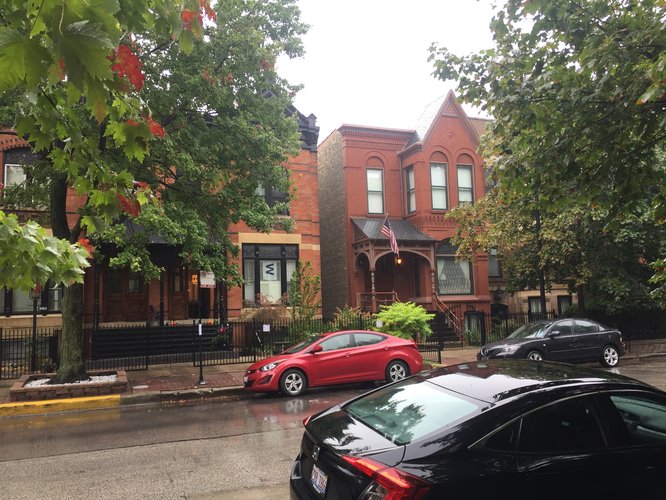
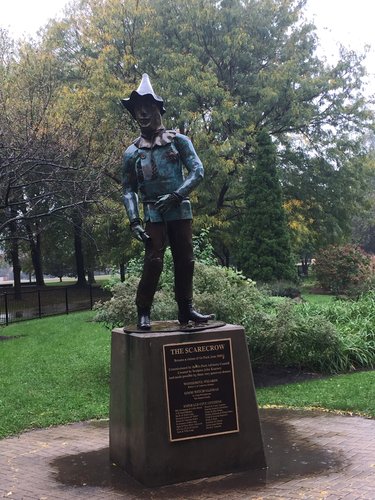
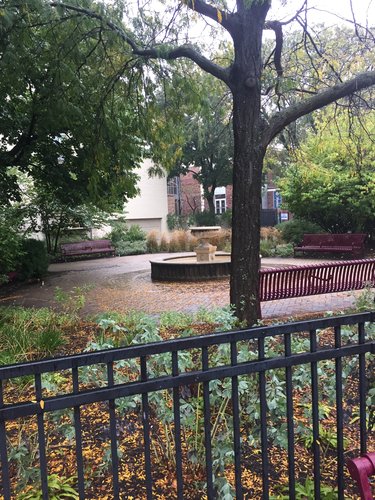
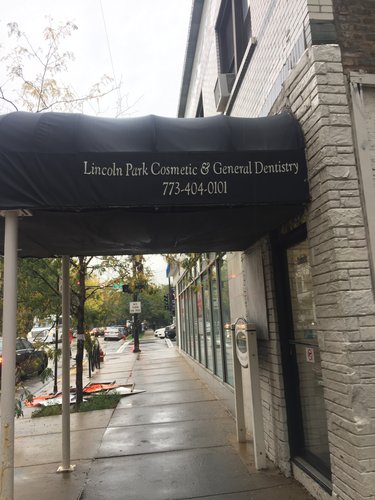
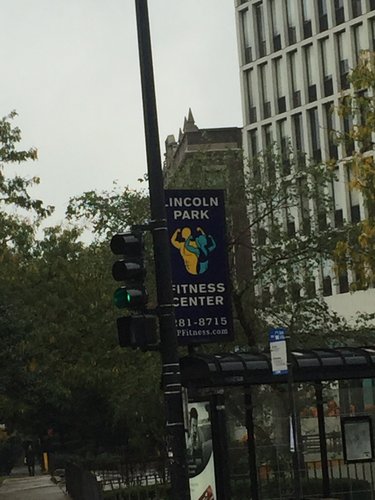
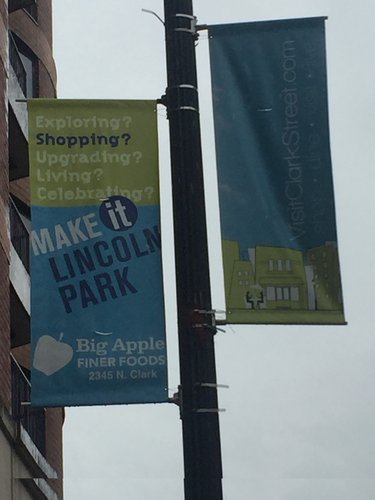
I was thouroughly impressed by the sense of identity possessed by Lincoln Park. Lincoln Park was mostly residential, but the areas of commercial activity often carried Lincoln Park in the business name. Clark Street runs diagonally through the top half of Lincoln Park and contained the majority of business activity in the neighborhood. Clark Street was lined with street flags going down the block on every light post, each one promoting a different local Lincoln Park business or event. More often than not, I saw the name Lincoln Park somewhere in my sight line, especially on Clark Street. In addition to normal array of businesses, the neighborhood also contains Park West Theater, which adds entertainment to the daily necessities offered.
In terms of coherence, Lincoln Park was also very well put together. Clark Street, along with a few other smaller commerical areas, gives residents easy access to basic daily needs. These business areas are located centrally and conviently. While Lincoln Park High School does serve other students outside of the delinated neighborhood area, it is very centrally located within the delinated boundaries. It has a student population of 2,261.
Lincoln Park High School is located right next to Oz Park, which by far the largest park located within the boundaries. Oz Park contains great walking areas with Wizard of Oz statues as seen in some of the pictures above. The park also contains many great community areas. There are tennis courts, baseball fields, large open spaces, and gardens, making the park a perfect place to get away and feel like you are not in the city of Chicago. On my visit, the park was rainy and wet, but still contained many residents of different ages, and many with dogs, enjoing the grounds.
Residential blocks take up most of the delinated area of Lincoln Park. The residential buildings all possess a sense of unique character. Some of these buildings look relatively new, while others look like they would have been built many decades ago. While these buildings are different, they all possess a sense of cohesivity and work well together. The neighborhood did not seem to be a makeup of smaller neighborhoods or a conglomerate. The residential areas have a very quiet and safe feeling to them. Most of the buildings have a small black fence surrounding them, but this just creates a sense of astetic and helps connect the differently constructed residential buildings. The residential areas also have periodic small community areas, such as gardens or benches, dispersed among the residences. One of the only things I did not see a lot of was playgrounds. The area would be very safe of children, but many of the small community spaces were geared seemingly toward older residents.
The delination of Lincoln Park has both pros and cons. The boundaries of Lincoln Park are very busy and heavy trafficked streets, while the inner streets are much more walkable and contain far less traffic. One of the boundaries even possesses the name “N Lincoln Park W,” adding to the sense that one is entering the neighborhood. On the other hand, the community area of Lincoln Park creates some confusion as to where the neighborhood is actually deliniated. The neighborhood has a population of around 12,350 people, while the community area is said to possess closer to 65,961 residents. Due to the fact that many people are prideful that they live in Lincoln Park, many areas outside of the boundaries also carry the “Lincoln Park” name. The official neighborhood boundaries also do not contain things most often associated with Lincoln Park, such as the Lincoln Park Conservatory, the Lincoln Park Zoo, and Lincoln Park itself. If these areas were annexed into the Lincoln Park neighborhood, it might help the community. However, in order to get to these areas, one must cross either N Lincoln Park W or N Clark Street, both of which possess heavy traffic and are not very pedestrian friendly.
LAYERS
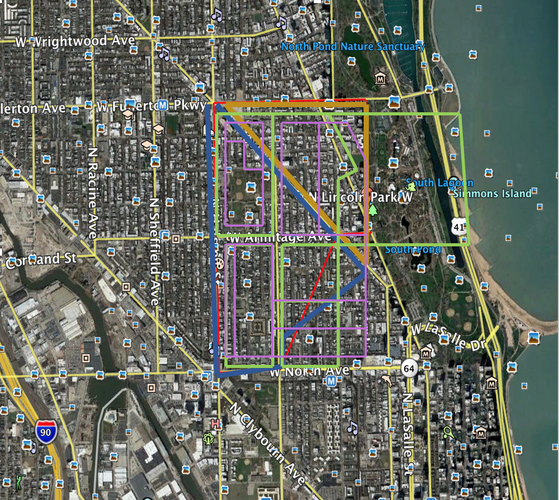
The only boundary of Lincoln Park High school that can be seen in this picture is the left boundary, which is the river. The other boundaries of school are not even in the picture, as they extend far beyond the delineation of the neighborhood. The neighborhood is part of the 18th police district, the Near North district under commander Paul R. Bauer. There are two close and serviceable police stations, one far north and one far south, both of which are also too far away to be seen on this map. Lincoln Park is also part of the Vicariate II-D Parish, and the neighborhood contains three out of the fourteen churches in the Parish. The churches in the neighborhood are St. Paul’s United Church of Christ, St. Paul UCC, and Cenacle Sisters Chicago, all of which are concentrated toward the top of the neighborhood. On the map, the solid red line represents the delineated Lincoln Park. Lincoln Park Neighborhood association recognizes eight total “Lincoln Park Neighborhood Associations,” but only two of these associations are in the delineated Lincoln Park. The dark blue marked area represents the Lincoln Central Association, while the golden marked area represents the Mid North Association. Both boundaries extend slightly past the delineation of Lincoln Park. The light green lines represent the census tract groups, six of which are in the neighborhood. The purple lines represent the the census block groups, nine of which are in the neighborhood.
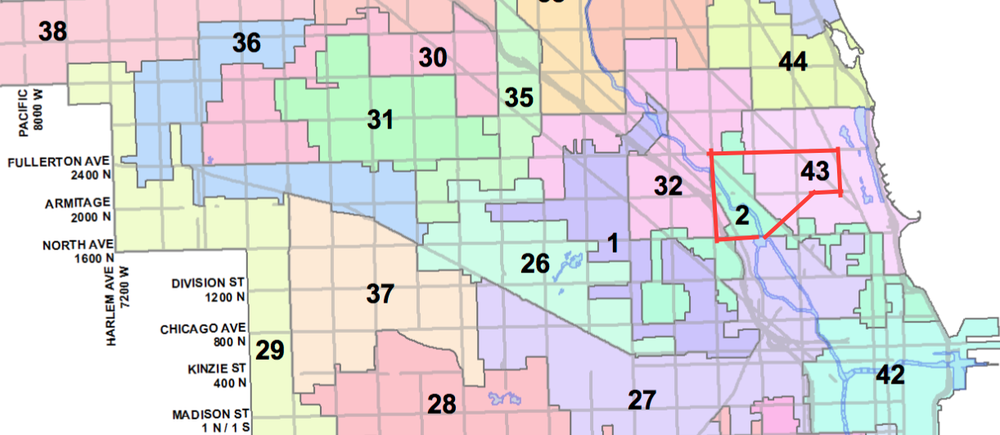
This picture represents the aldermanic wards in Lincoln Park. Represented in Lincoln Park are ward 32 with alderman Scott Waguespack, ward 2 with alderman Brian Hopkins, and ward 43 with alderwoman Michelle Smith.
DIAGRAM
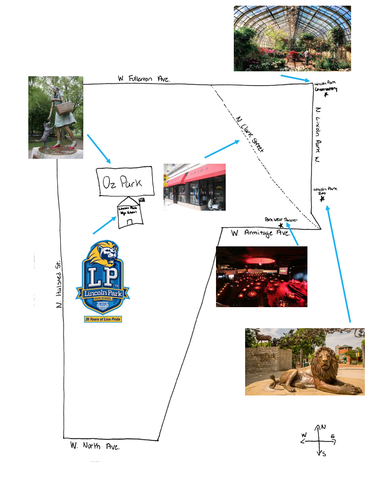
HISTORY
Lincoln Park has an interesting history, but what is perhaps most interesting is how it received its name. Many years ago, the area next to the neighborhood of Lincoln Park was used to bury those who had died from smallpox and cholera. Residents did not like these victims next to their water supply, and the area was converted into a park in the early 1860s. After President Lincoln was assassinated in 1865, the park was renamed from Lake Park in honor of him (Greene, 2015). While this area is not technically located in Lincoln Park, it is often associated with the neighborhood due to its proximity and, thus, helped give the neighborhood its name.
Throughout its history, Lincoln Park has been known for housing affluent residents. However, in the 1800s, Lincoln Park had a more diverse group of inhabitants. The early makeup consisted of German famers and industrial workers along with wealthy residents. The Germans influenced the neighborhood greatly, even building St. Michael’s Church. The Great Chicago Fire swept through much of the neighborhood, and after the fire many new factories were built. These factories along the North Branch of the Chicago river drew many European immigrants that settled in Lincoln Park, along with the affluent families. Lincoln Park had settled itself as a residential neighborhood. The Great Depression set off a chain effect of neighborhood worry. Residents did not want their neighborhood to become run-down, and many neighborhood associations were created in order to combat this. Due to private investment and federal funding, the neighborhood quickly renewed itself and fermented its place on top of Chicago neighborhoods in a financial sense. These renewal efforts drove up the price of living in Lincoln Park, and now the majority of low income residents have been driven out (“Lincoln Park,” 2005). The broader time periods of development would be around early Chicago though the Great Fire, the Great Fire through the Great Depression, the Great Depression through the 1960s, and the 1960s until present day.
I would say that the neighborhood, from its proximity to the center of the city, did not solely grow from the industry located on the North Branch of the Chicago river. The factories definitely added to the makeup of the neighborhood, both physically and residentially, but the neighborhood would have had residents without the business. The settlers were of many types, from affluent to farmer to industrial worker, but never a monopoly of workers. The neighborhood would have probably just been a convenient place to commute to work for these residents, thus accounting for the worker population. The famers, being early settlers, were probably just there for the quality of the land next to the water, as well as the proximity to daily necessities. Otherwise, there are no transit stops, government buildings, or environmental features that significantly contributed to the development of Lincoln Park.
I think that the neighborhood has been the beneficiary of much planning and guidance. The neighborhood overall, from what I have seen and learned so far, works very well and would be a wonderful place for a resident to live. I would speculate that the neighborhood was somewhat redesigned and planned during the rebuilding after the Great Fire. More importantly, however, I would conjure that the neighborhood has benefitted more from the planning of neighborhood associations and other groups dedicated to the bettering of the neighborhood after the Great Depression. With the money and influence possessed by these residents, I think most of the positive features of Lincoln Park would have been designed or improved by these associations. Most of Lincoln Park today seems deliberate and connected, except for a few buildings. These few buildings are the high rise apartments that look the part of low income housing. They seem out of place, and just put there to appease those who wanted to change the makeup of the neighborhood. I believe there does need to be low income housing to change up the makeup of the residents, but I also think this could be much better done in other ways. If one was to buy up existing residences, they could integrate low income citizens more smoothly into the neighborhood, as well as keep the ascetic of Lincoln Park looking nice. Overall, the planning and history of Lincoln Park have allowed it to develop into one of Chicago’s most well thought of neighborhoods.
WORKS CITED
Akira Chicago. (n.d.). Retrieved October 15, 2017, from visitclarkstreet.com.
Archdiocese of Chicago Parishes. (n.d.). Retrieved October 15, 2017.
Districts. (n.d.). Retrieved October 15, 2017, from chicagopolice.org.
Google Earth Pro. (n.d.). Retrieved October 15, 2017.
Greene, N. (2015). How Chicago's Neighborhoods Got Their Names. Retrieved October 15, 2017, from mentalfloss.com.
Lincoln Park Chamber of Commerce. (n.d.). Retrieved October 15, 2017, from lincolnparkchamber.com.
Lincoln Park High School. (n.d.). Retrieved October 15, 2017, from lincolnparkhs.org.
Lincoln Park Zoo. (n.d.). Retrieved October 15, 2017, from chicagotonight.wttw.com.
Lincoln Park . (2005). Retrieved October 15, 2017, from encyclopedia.chicagohistory.org.
Maps of all 50 Wards. (n.d.). Retrieved October 15, 2017, from cityofchicago.org.
Oz Park. (n.d.). Retrieved October 15, 2017, from minitime.com.
Park West. (n.d.). Retrieved October 15, 2017, from pintrest.com
School Location and Boundaries. (n.d.). Retrieved October 15, 2017, from lincolnparkhs.org.
Social Explorer. (n.d.). Retrieved October 15, 2017.
Take a Stroll Through Lincoln Park Conservatory. (n.d.). Retrieved October 15, 2017, from upout.com.
Zolkiewicz, K. (n.d.). Chicago Neighborhoods Map. Retrieved October 15, 2017.
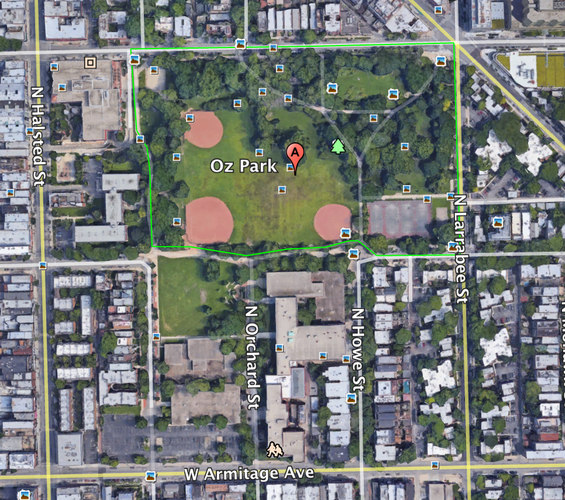
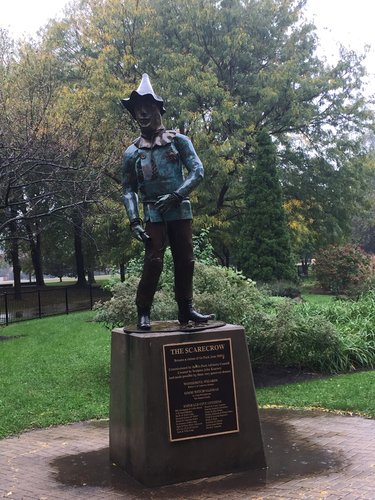
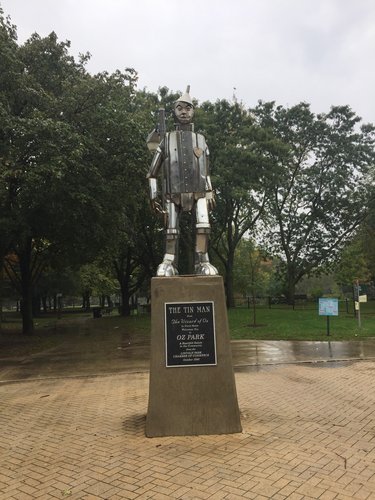
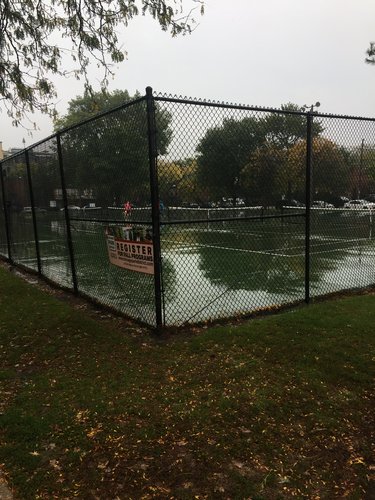
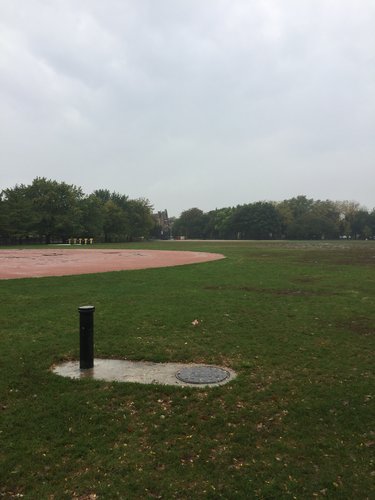
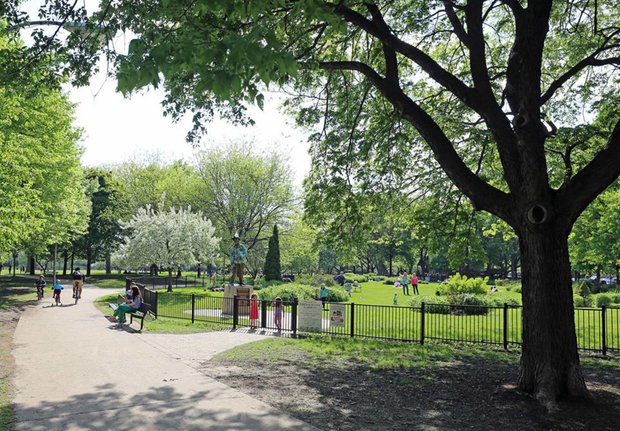
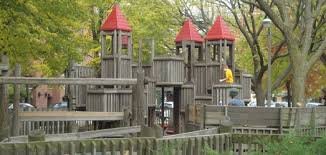
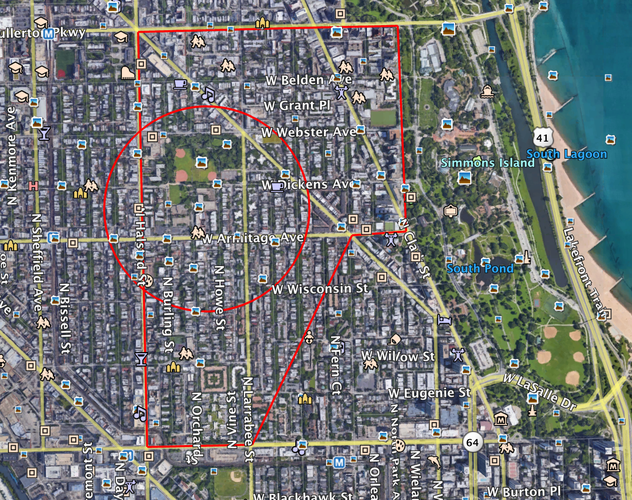
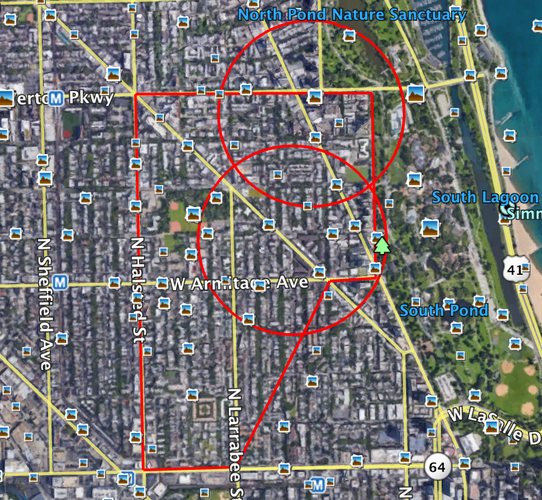
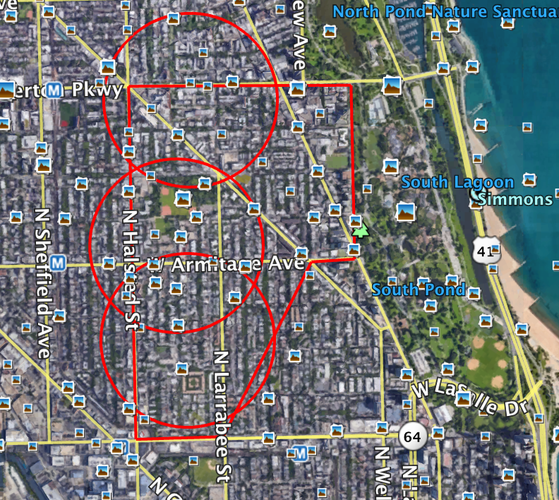
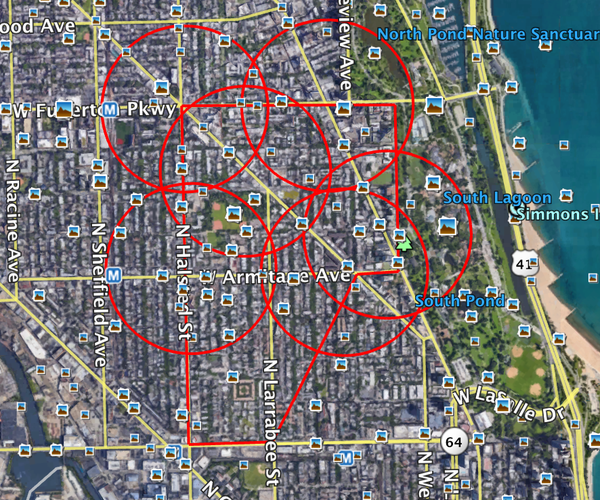
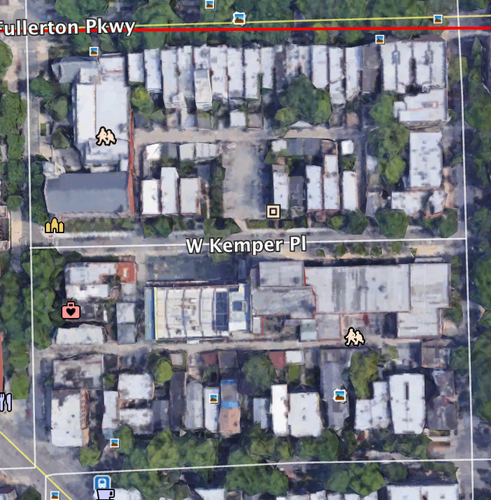
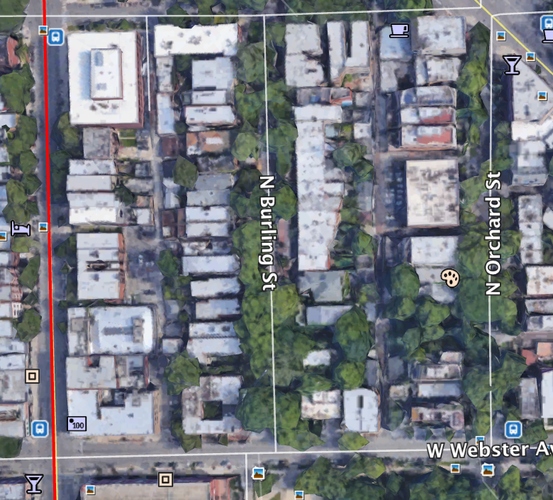
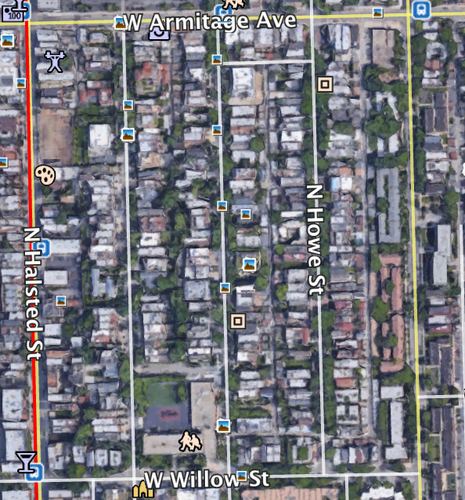
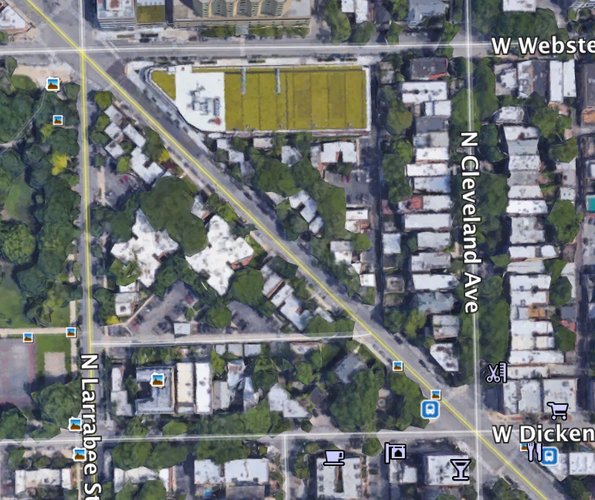
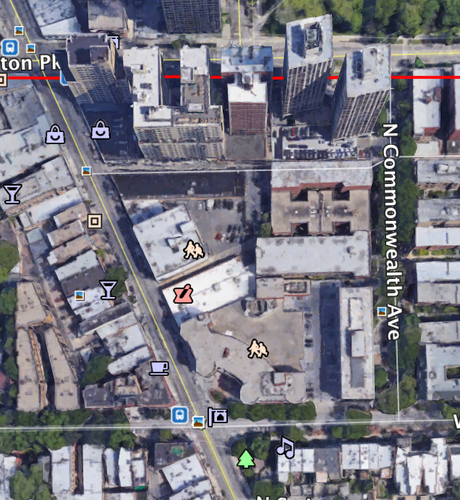
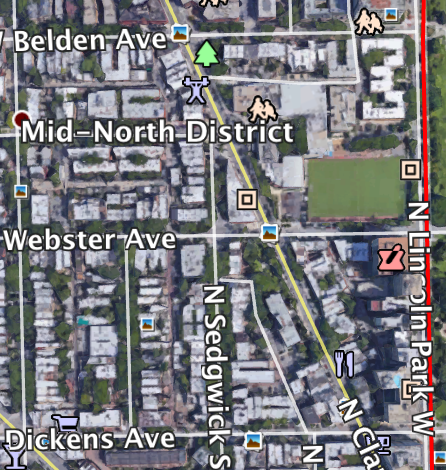
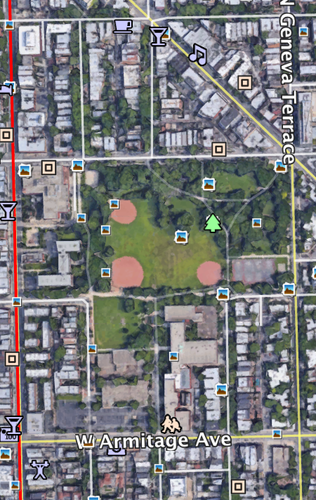
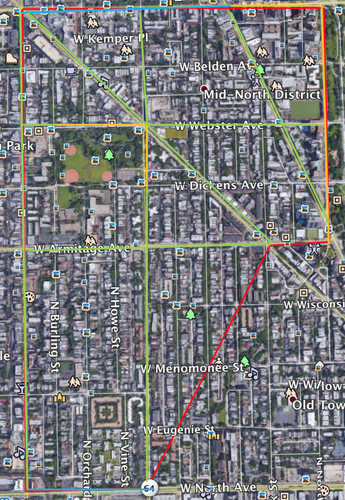
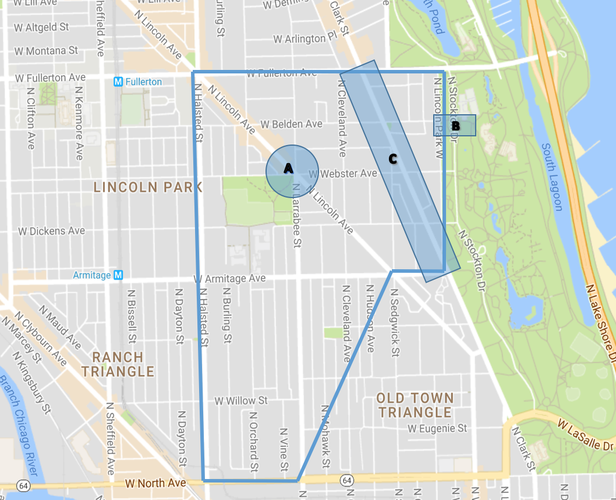
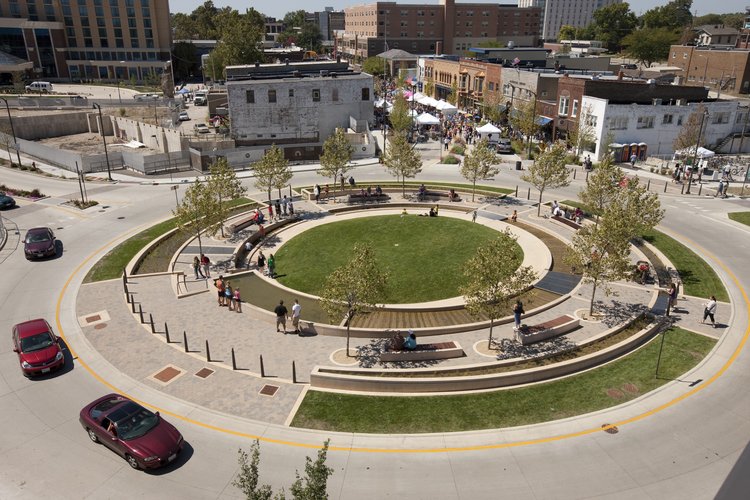
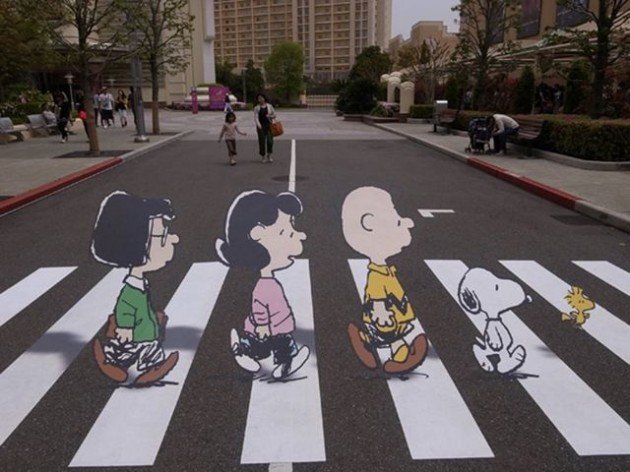
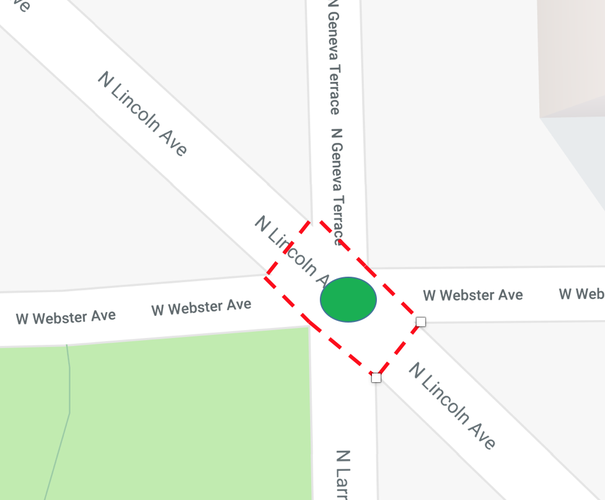
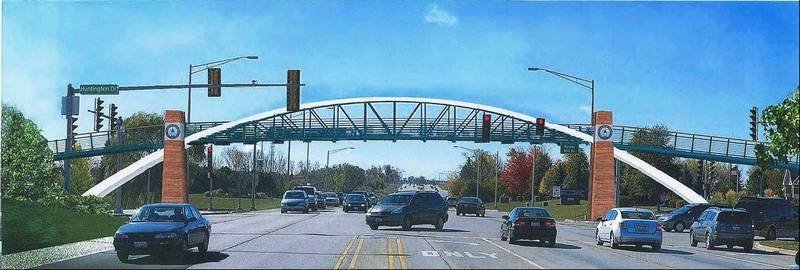
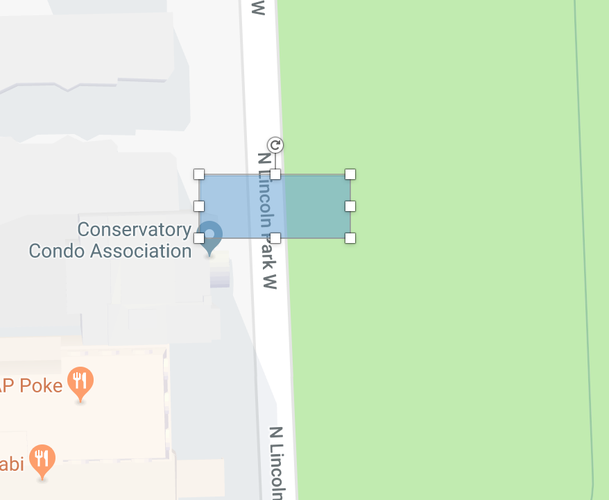
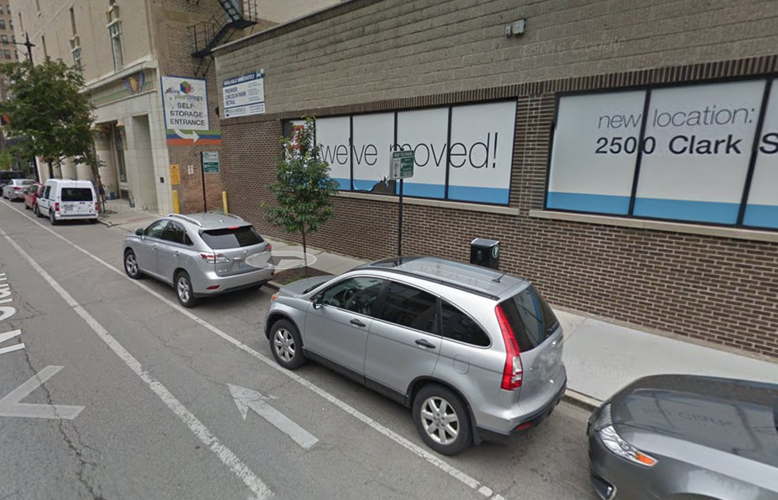
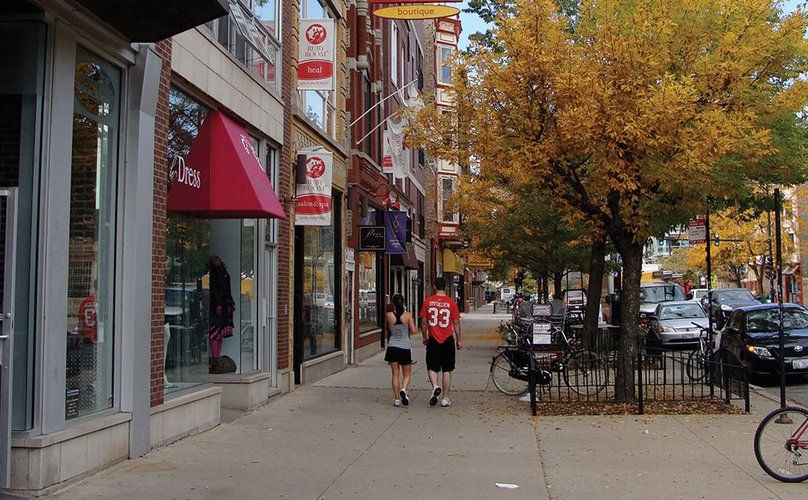
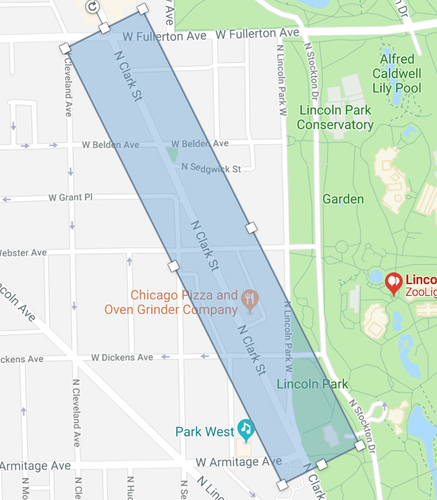
Social Mix
From the outside looking in, one might first view Lincoln Park as a very “good” neighborhood, based on the success and sense of identity possessed by its inhabitants. However, when one looks at data depicting the diversity of the neighborhood, this story of a “good” neighborhood takes a turn for the worse. In terms of race and ethnicity, Lincoln Park possesses a 1.44/4 on the Simpson Diversity Index, as compared to the whole city of Chicago’s 2.74/4. Lincoln Park is very much a “white” neighborhood with little racial diversity. Going along with this, Lincoln Park’s residents are highly educated, with little of their residents possessing anything less than a bachelor’s degree. It scores a 2.61/5 on the Simson Diversity Index for Education, a far contrast to the city of Chicago’s 4.84/5. As for housing, the categories were divided into equal monetary sections. These sections split up many upper priced homes, allowing Lincoln Park to come out above the city of Chicago with a 3.12/4 compared to a 2.23/4. However, this number appears this way because Lincoln Park has many more middle and upper tier housing residents, while the city of Chicago’s housing values are concentrated in the lower to middle class housing.
Moving up in a stair step fashion from the neighborhood, to the community area, to the region, and, finally, to the city, it is apparent that the makeup of social diversity is concentrated in large areas. As one “zoom’s out,” the diversity increases from the sparsely diverse Lincoln Park. These numbers indicate that Lincoln Park is very much a white, educated, and wealthy neighborhood surrounded by similar areas. This definitely needs to change in order to help others in the area as well as to promote economic growth and innovation, as discussed by Emily Talen in Why Diversity. While those living in Lincoln Park might not see this as an issue, one needs to be made aware of this problem in order to help both those on the outside looking in and the residents of Lincoln Park.
Sources: socialexplorer.com for all demographic data